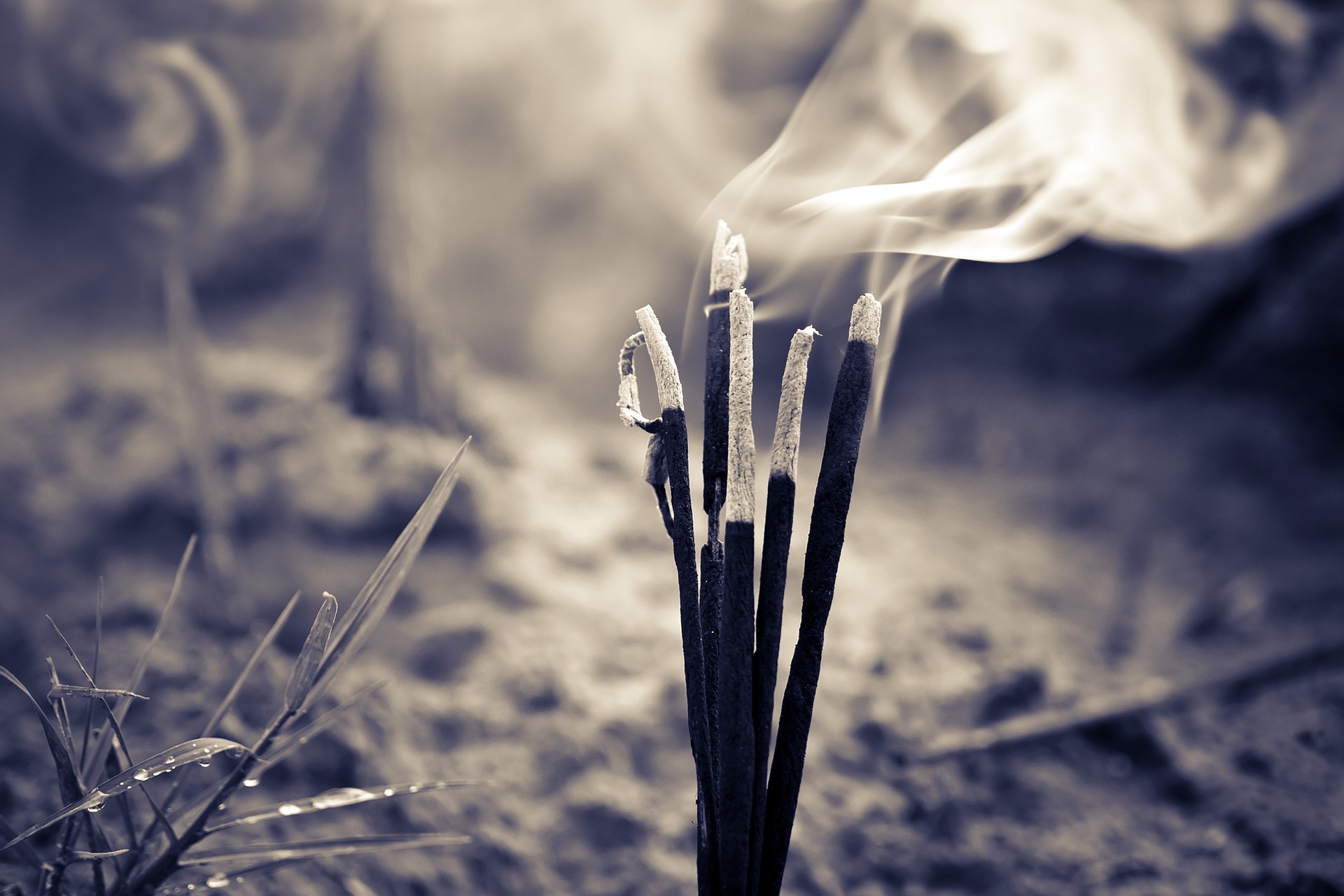“Menstruation is a cycle, not a curse.
It’s natural, PERIOD!”
On 28th September’18, the Supreme Court of India passed a landmark judgement removing the ban on women of menstruating age from entering the Sabarimala. The Supreme Court verdict was considered to be the herald into an era of gender equality and the end of patriarchy in religion. However someone said it right, “Laws change, mentality doesn’t”.
Ever since the passing of the verdict, various religious and political groups and leaders have passed heavily loaded statements vehemently expressing their dissatisfaction regarding the Supreme Court judgement. Masses have gathered to refuse entry to women between 10 to 50 years and to protest the removal of the ban.
The individuals and groups responsible for the resulting turmoil intend to justify their prejudice on a religious basis which stands on extremely flimsy grounds.
Many justified the ban by stating it’s traditional importance. The deity Ayyappan is a celibate. According to them allowing women of reproductive ability would only “tempt” the deity in his penance. It must then also be considered how the fact that a celibate divine entity shall be distracted by his female worshippers is absurd and abnormal. How does one justify a divine and godly figure to be plagued by human emotions of temptation, how do we personify Ayyappan’s divinity by attributing emotions like attraction and fascination? How are these worldly and human emotions applicable to a divine form? Isn’t a deity supposed to be higher than a human being, and rid of all worldly fascinations?
It was also said that women in the menstrual age can’t complete the 41-day Mandala Vrat because of their monthly cycle. Such concerns regarding the well being and health of the menstruating woman seem baseless. How a pilgrim wishes to show her/his devotion is up to them. If women can scale Mt. Everest over a period of several months whilst they go through their menstrual cycle several times, then female pilgrims are definitely capable of the 41-day ritual if they feel up to it. If a devotee is ready to go through the ritual then it is totally under her discretion. It goes against fundamental human rights to deny and force someone out of their faith.
Those who believe that women between the ages of 10 to 50 can face dangers regarding the topography of the Temple, very conveniently forget that then these dangers are also applicable to the very young and very old too, irrespective of gender. Yet it is only menstruating women who are denied entrance.
The ban was imposed in 1991 by the Kerala High Court. Before that, no law (either religious or political) forced anyone to discriminate against devotees. Women who didn’t enter or pray in the temple simply did it voluntarily due to their own reasons and beliefs. To legalise a tradition based on stereotypes, further enabled the patriarchs in religion, which was a severe blow to the progress in women’s rights.
We live in the times of #MeToo. We live in a world where there are role models like Kiran Gandhi running 4-hour marathons on their periods, without a tampon just to spread courage amongst women who are embarrassed about their period blood and to raise awareness regarding expensive menstrual hygiene products. Yet in such emancipated times when a ban which goes against human rights and women’s rights is upheld and supported, it drags and retards the upcoming change in the perspective with which women are viewed as. Ages of struggle and protests have allowed women to at last come near to their goal of equal opportunities, rights and equality. To reinforce orthodox and backward views, to subdue the female spirit and defile something so pure, essential and beautiful as menstruation which is central to a woman’s being, on the grounds of religion is just beyond cruel.
Any religion/ ritual/ place of worship looking down on menstruation is in actuality looking down on creation and “God”. It is ironic that in a place of worship where we try to appease the Creating Force, we bar the creators from entering. We expect women to be all hush-hush about their periods only to insolently use it as an excuse to deem them weak and worthless and by talking about it in a tone of disgust. We associate a woman’s identity with her fertility and label amenorrheic females as “barren” only to further call menstruating women to be impure. These socially prevalent views make-up and strengthen the patriarchy which we as a community should fight against.
The Supreme Court verdict against the ban is not only another goal scored in the battle against sexism but is also a humanist approach towards an extremely sensitive and delicate natural process which needs to be jerked out of the demonic stigma of “impurity”.
~Amritaya Ray, Amity International School Noida
Liked what you read? Share your thoughts in the comments down below, like this article and share it with others!
1 Like

An inspiring, powerful well composed bomb, just waiting to burst.